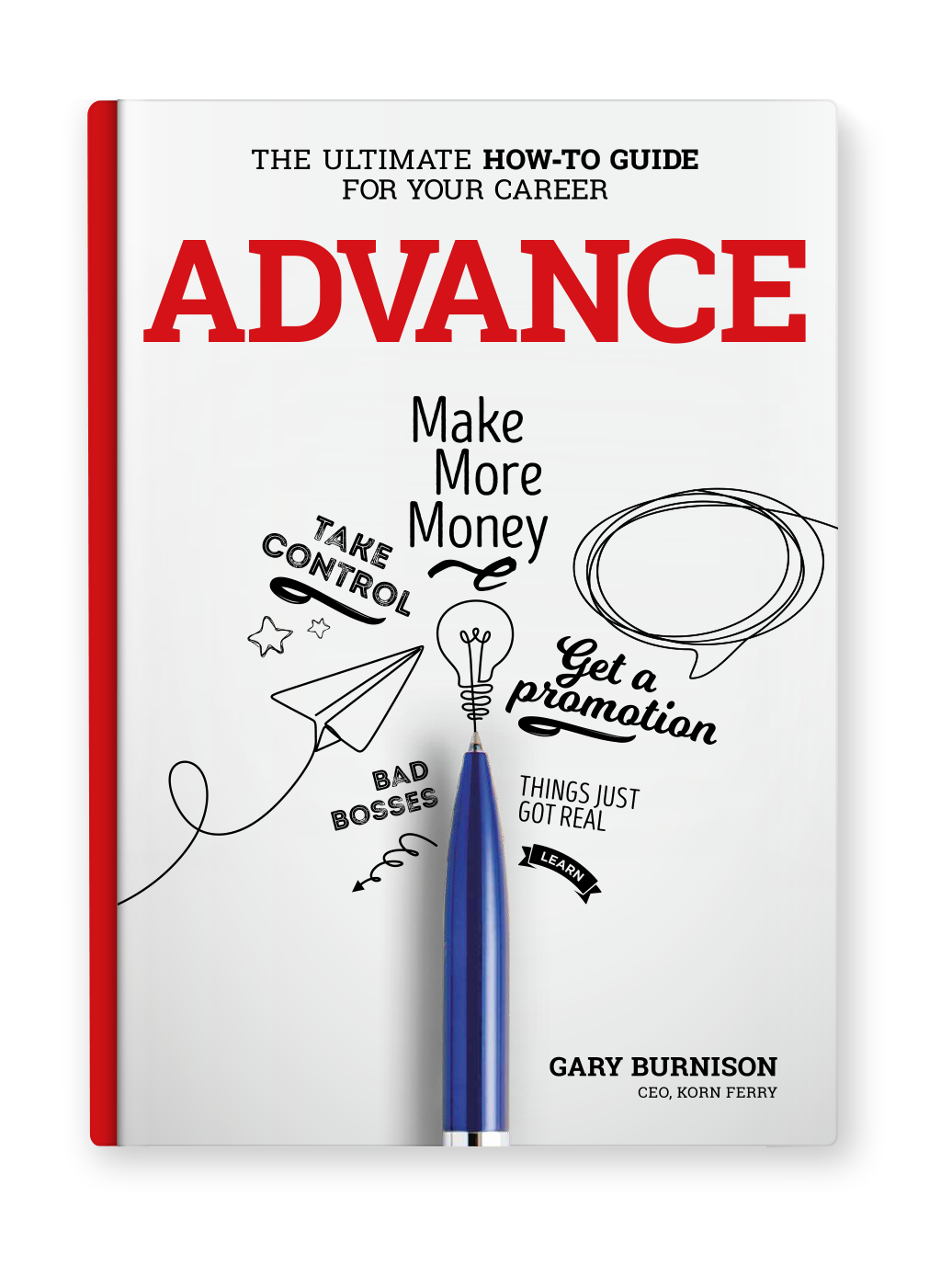Why Mondays Are the Worst for Meetings
Korn Ferry CEO Gary Burnison unpacks the science behind the perfect time for meetings.

Let's be honest: Most people don't like meetings-they're too long, too boring, too frequent and too often don't accomplish much of anything. It's no wonder so many people check out by putting their conference calls on mute and then scroll through emails.
If not now, when?
The real problem with meetings,researchers suggest, is that they're usually scheduled on the worst day and time: Monday mornings.
To be fair, it makes sense why so many of us do it anyway. It's the start of the week, so why not gather the team and make sure everyone's on the same page?
ButLynn Taylor, author ofTame Your Terrible Office Tyrant: How to Manage Childish Boss Behavior and Thrive in Your Job, argues that employees are the most productive on Monday mornings, so it's important not to disrupt their concentration by distracting them with meetings. "Because you've stepped away for a couple days, these back-to-work mornings are the most memorable for the rest of the week," she says.
On top of that, employees are also likely to beout of the office on Mondays, so any meeting scheduled that day will probably have a lot of no shows.
The most optimal time to book a meeting is onTuesday at 2:30 p.m., according to astudy conducted by YouCanBookMe, a U.K.-based scheduling firm. It's not too early in the morning and not too late in the week. The team analyzed data from more than two million responses to 530,000 meeting invitations.
If you can't schedule meetings for Tuesdays at 2:30 p.m. on the dot, then mid-afternoon and mid-week meetings are the most ideal.
The ‘what' is just as important as the ‘when'
Time is the most precious commodity for all of us. That's why the most successful CEOs and business leaders always take the "B.L.U.F." (bottomlineup-front) approach when it comes to meetings. B.L.U.F. essentially focuses on what needs to be done, who is going to do it and by when.
Here's how to effectively use this approach if you want to make the most out of your meetings:
1. Decide which category the meeting will fall under.
- Informational: This is used to make an announcement or keep the team updated on a topic. The purpose is to ensure that everyone is on the same page. It can still be actionable in some way.
- Decision-taking: This is more about figuring out what actions everyone needs to take. It is most effective when done in small groups (once you have more than three to five people, it's difficult to make decisions).
- Discovery: This is the perfect meeting for discussing problems and potential solutions.
- Brainstorming: This is all blue skies with no bad ideas. For these creative sessions, it's recommended to go offsite and out of people's comfort zones, routines and habits. Having more participants means more opportunity for people to feed ideas of each other, which is a good thing.
2. The 45-minute rule.A half hour is too short when you spend the first five to seven minutes with small talk. Meeting for an hour can drag things on (I subscribe to the theory that people will take all the time you give them). Forty-five minutes is usually the sweet spot. During that time, look for solutions that are 80% right and 100% executable versus the other way around.
3.Materials "in advance" means more than three minutes' notice.If you've got prep materials for the meeting, you have to give people a day or two to review. Flipping through presentation slides together as a group, and for the first time, is a waste of time.
4.Open with purpose, close with action.Just as you set expectations for what you want to accomplish at the open (the B.L.U.F. approach), bring the meeting to a close with an action plan. Before they walk out that door or disconnect from the conference call, everyone must know what's expected of them - and by when.
5. Is it even a meeting?If you simply need to get to the bottom of what's really going on, it's not necessary to call it a "meeting." For urgent matters, it's appropriate to stop by someone's office (or call them) unannounced. By catching people in the moment, you'll find that they're less guarded and more likely to tell you things unscripted and unrehearsed.
A version of this this article appears on CNBC.com.








